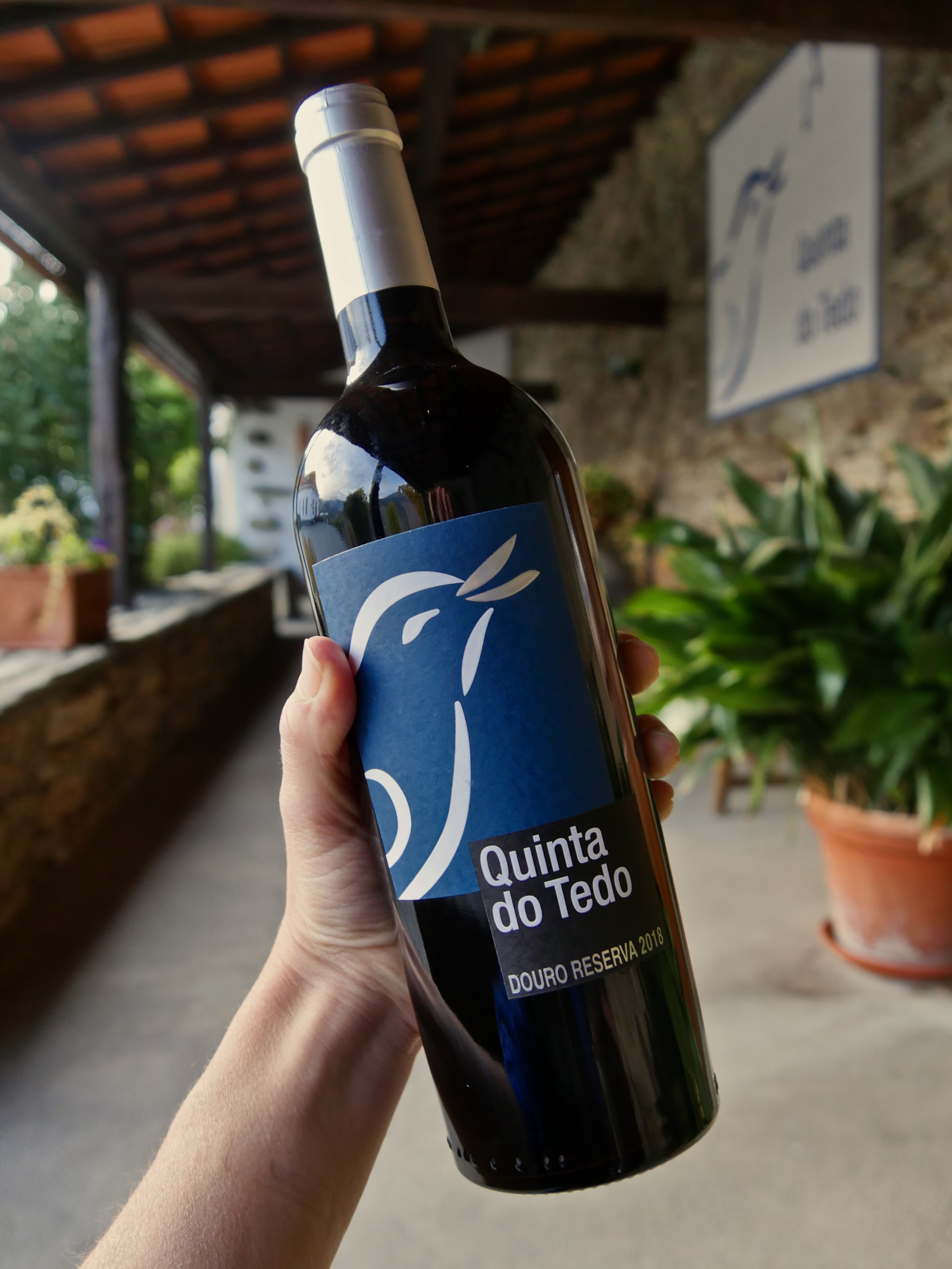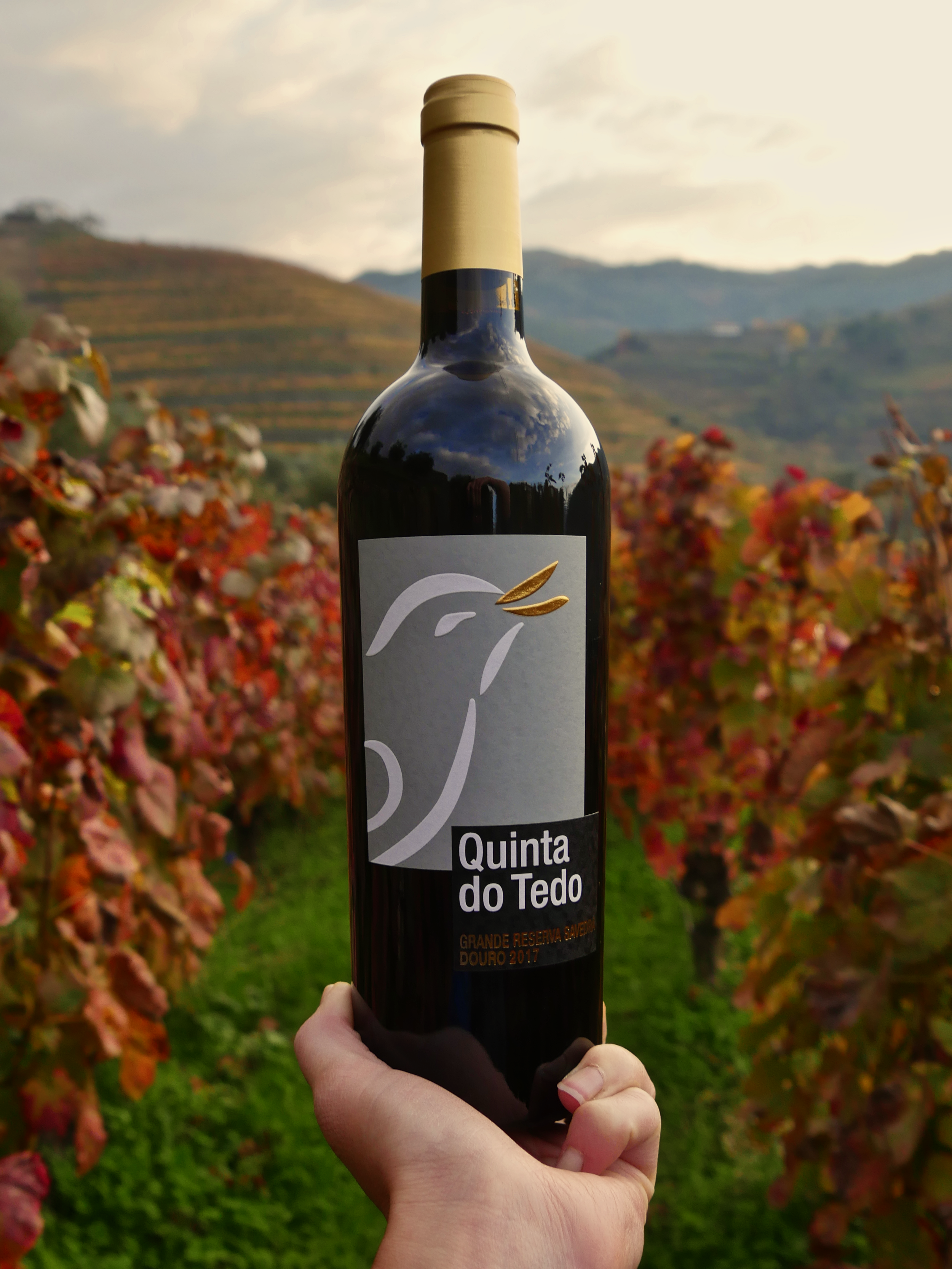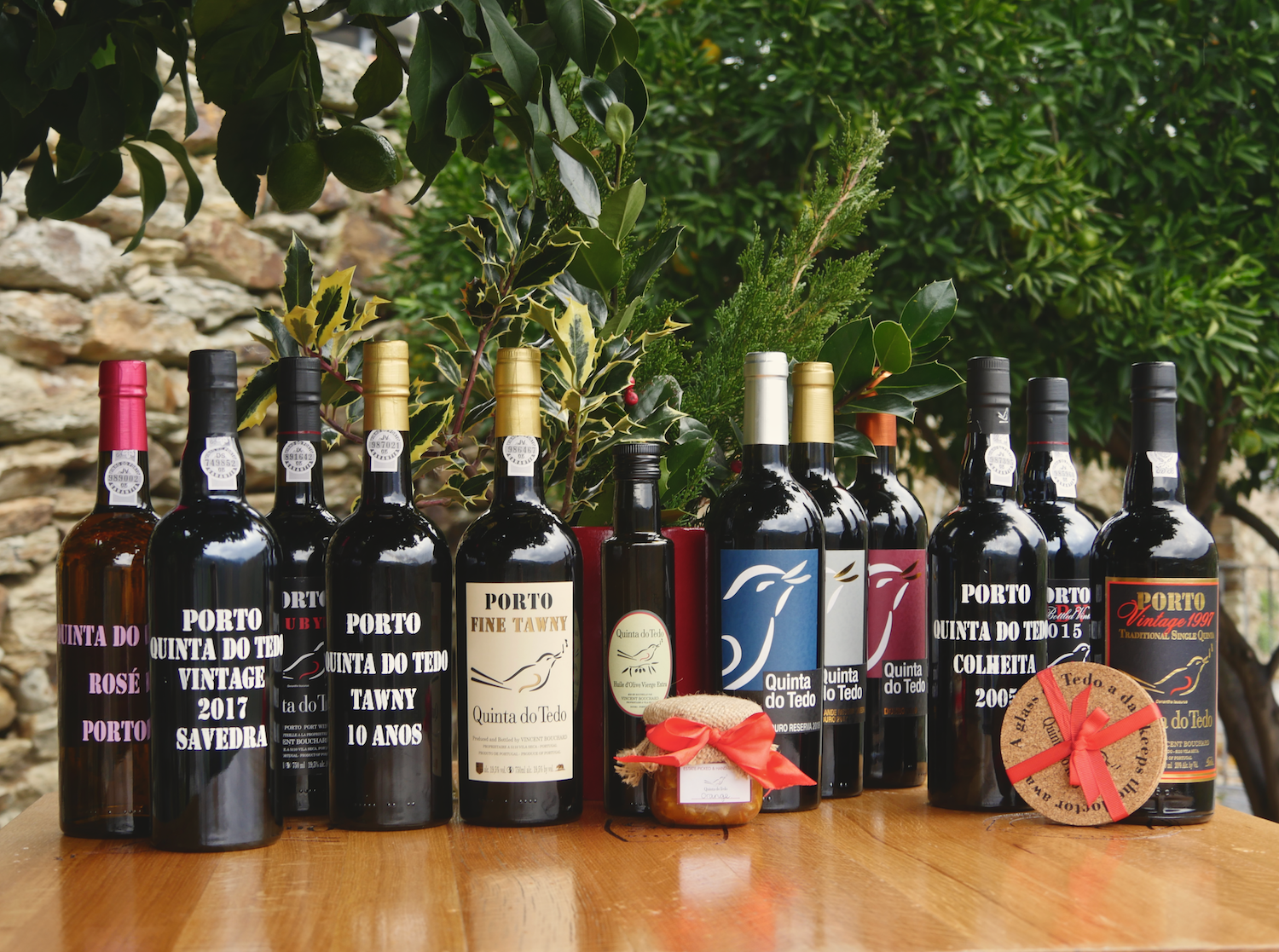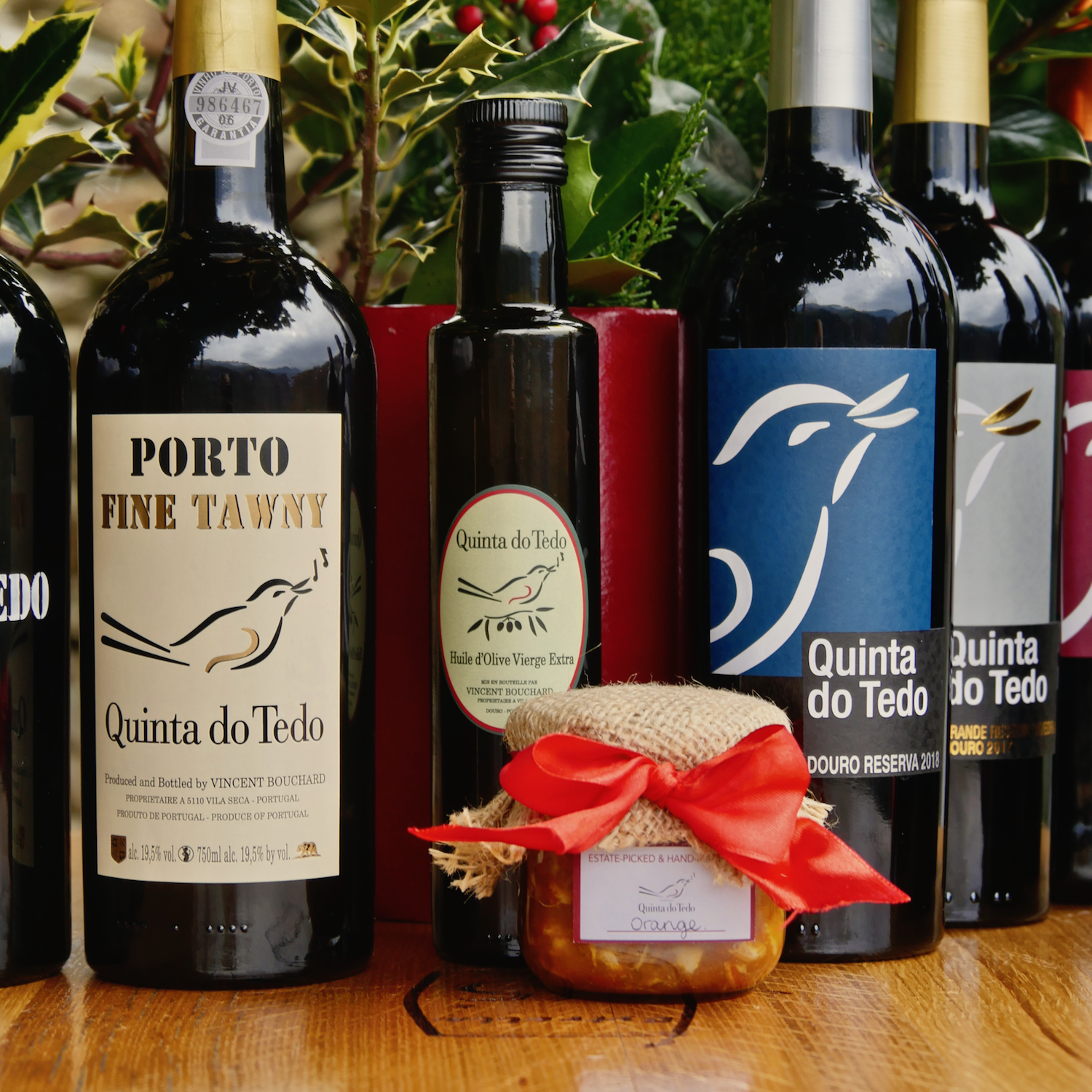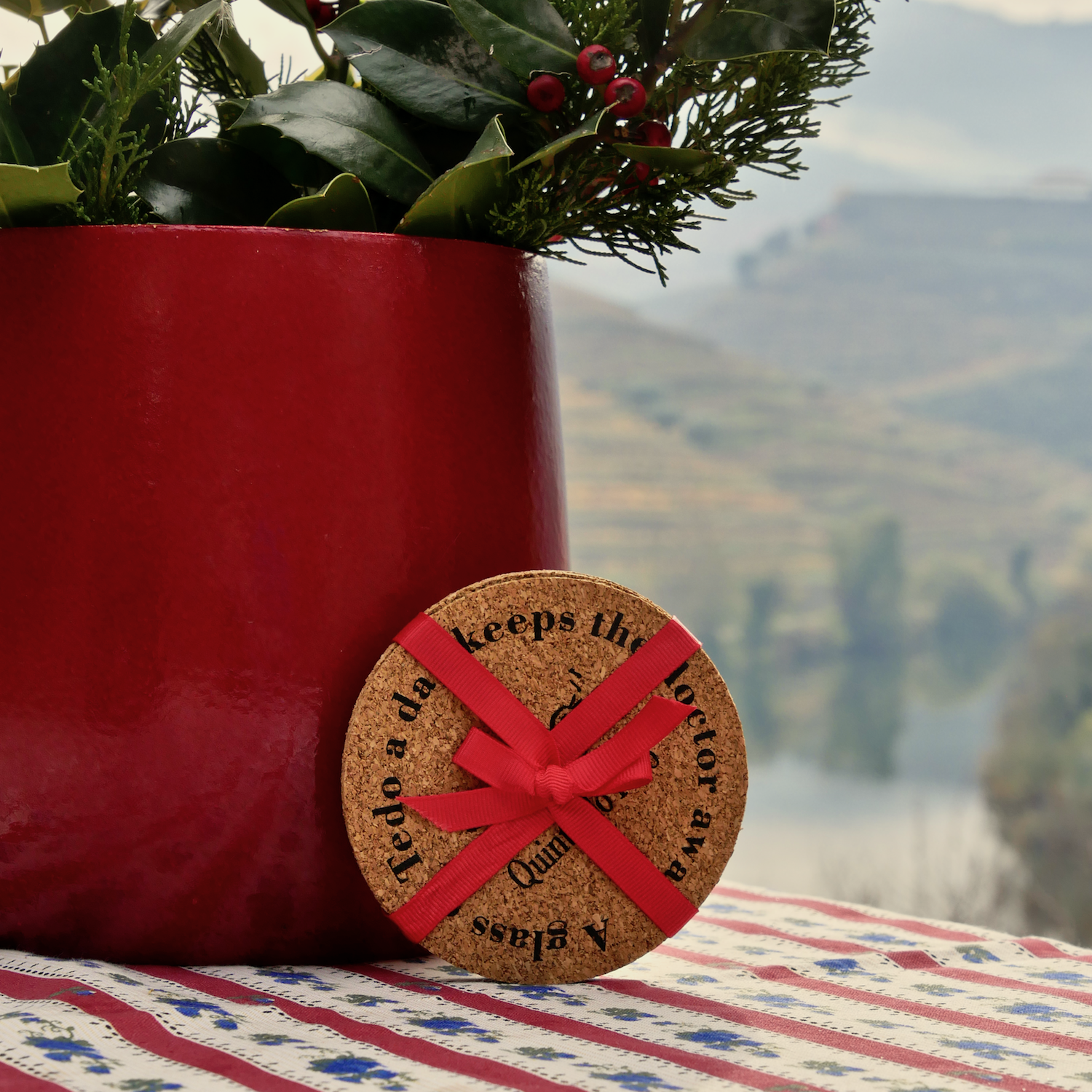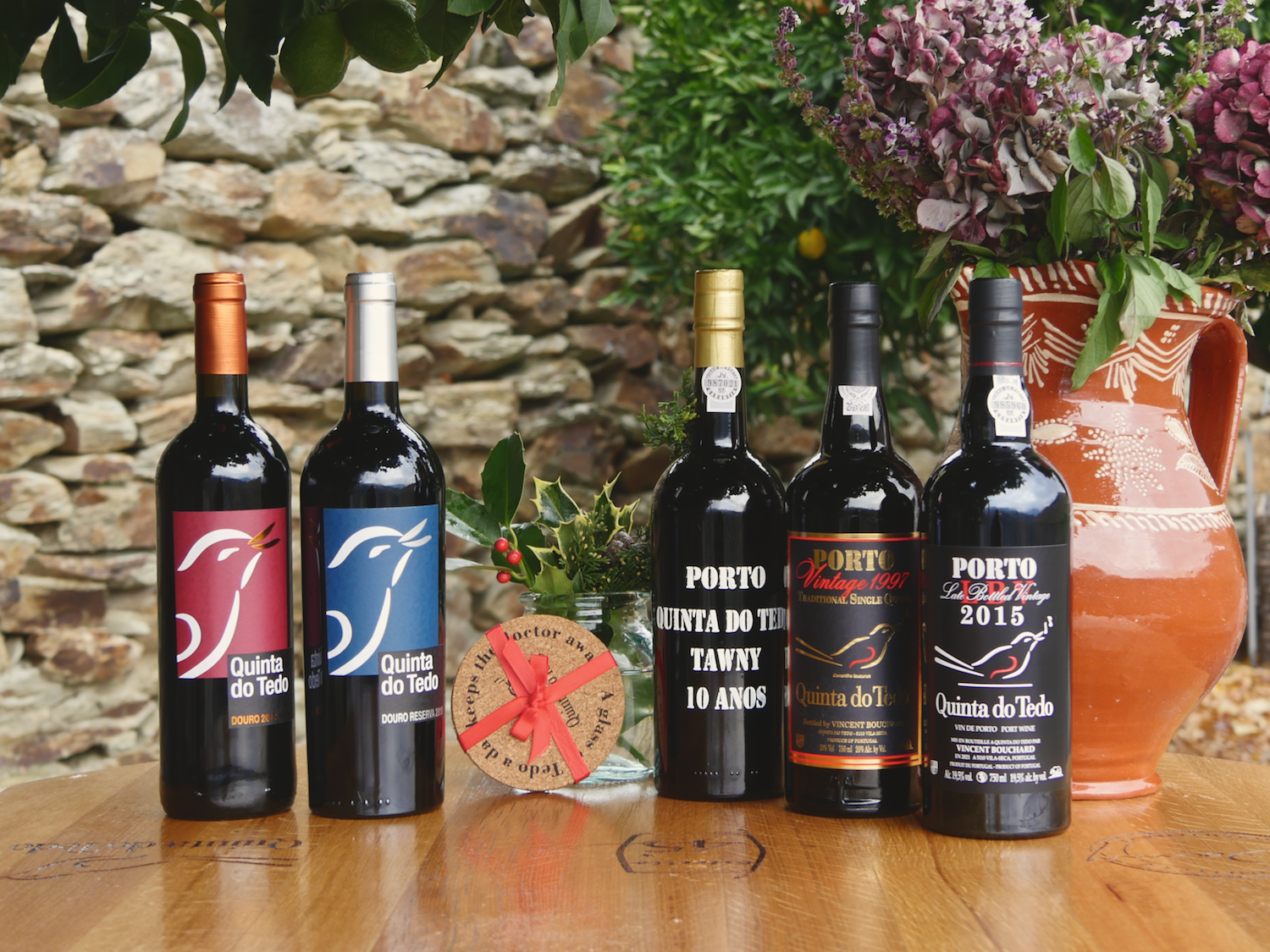Saviez-vous que tous les raisins commencent par être verts ? Quand commencent-ils à changer de couleur, tant les raisins rouges que les raisins blancs ? Pendant la véraison (ou pintor en portugais) - le début de la maturation du raisin.
Le cycle de la vigne, après la dormance hivernale, commence par le débourrement > la floraison > la nouaison > la véraison, lorsque les niveaux d'acidité diminuent et que les niveaux de sucre augmentent, et les baies vertes, dures et immangeables, se transforment en baies tendres, pleines et sucrées, et prennent des nuances jaunes, rouges et pourpres pendant qu'elles mûrissent. La véraison, qui dure une à deux semaines en juillet à Quinta do Tedo, est un processus fascinant et excitant à suivre.
Vincent Bouchard pense que le terme "véraison" vient du verbe ”virer“, de la couleur verte, et/ou peut-être d'une combinaison des paroles ”vert“ et ”raisin". Selon une rapide recherche, le terme véraison a fait son apparition au milieu des années 1800 dans les régions françaises du Midi (près des Pyrénées) ou de la Côte d'Or (en Bourgogne, la région natale de Vincent).
Avez-vous une explication étymologique plus convaincante pour le terme véraison? Si c'est le cas, veuillez nous en faire part.
Les vendanges 2024 approchent !
Ce que nous pensions être un début fin août est arrivé étonnamment tôt avec 500 kg de notre nouvelle plantation 2022 de Bastardo prêts à être vendangés ce vendredi. Notre intention est d'élaborer un vin rouge plus léger à partir de ce cépage délicat et précoce, également connu comme Trousseau et originaire de la région du Jura en France, mais cultivé dans le Douro depuis 200+ ans pour apporter de l'acidité et de la fraîcheur à l'assemblage du Porto. On savait qu'il faudrait cueillir tôt, mais pas si tôt... Ce n'est pas pour rien que le Bastardo porte ce nom. Restez à l'écoute pour savoir ce que donnera notre première micro-vinification de Bastardo, pilotée par Odile Bouchard.
Le gros de notre récolte de raisin suivra dans quelques semaines, ainsi que nos offres annuelles de vendanges dirigées par nous, propriétaires. Moi, Kay Bouchard, je suis la fière responsable de notre Expérience de Vendanges, prévue le 4 septembre - j'ai hâte de partager une tranche de notre vie Tedo avec un petit groupe enthousiaste de participants familiers et nouveaux, intéressés et intéressants, venant de différents pays, unis ensemble dans la production du Porto pour une journée !
La journée commence par une présentation de Quinta do Tedo et de notre processus de vendange. Protégés par de la crème solaire et des chapeaux (que vous apportez !) et des t-shirts Tedo (que nous offrons !), nous marchons parmi nos vignes pour prendre une collation matinale traditionnelle préparée par notre Chef d'Équipe à l'ombre des arbres, avant de vendanger les raisins à la main avec notre Équipe de Vigne. Ensuite, une visite de nos caves de vieillissement et dégustation se terminent avec un déjeuner familial à une longue table surplombant le fleuve Douro sur la terrasse privée de notre Famille Bouchard. Profitez d'une pause ou participez au tri des raisins arrivant des vignes avant d'être égrappés et remontés dans nos lagares traditionnels où nous les foulerons aux pieds - le grand final ! - avec de la musique traditionnelle et un verre de Porto Vintage.
Plus tard dans le mois, le 12 septembre, Vincent Bouchard et moi-même joindrons nos forces pour animer notre autre offre annuelle de vendanges, Oenologue Pour Un Jour. La journée commence de la même manière, mais au lieu de vendanger, nos participants apprennent à identifier les variétés de raisin par leurs feuilles et leurs grappes avec notre Responsable de Viticulture Angelo Ribeiro, tout en discutant nos pratiques et défis liés à la viticulture et vinification dans le Douro, soumis au changement climatique.
Après déjeuner, Vincent organisera un "crash course" sur l'art d'assemblage de Porto Tawny dans notre tunnel de vieillissement de barrique de 55-mètres, orné de notre nouvelle installation artistique réalisée avec des vieilles de 75+ ans. Nous tirerons des échantillons des barriques, assemblerons nos propres Portos Tawny et dessinerons des étiquettes pour la demi-bouteille que nous emporterons chacun à la maison. La grande finale de cette journée se terminera par un concours de crachat !
Cliquez ici pour en savoir plus et contactez-moi par info@quintadotedo.com pour vous inscrire, vous et vos amis, à une ou aux deux de nos offres de vendanges (je vous conseille de le faire rapidement, car les réservations sont vite faites !)
Nous espérons vous voir bientôt et souhaitons à tous nos collègues viticulteurs de fructueuses vendanges 2024.
Bom proveito ~ Kay & Odile Bouchard




















